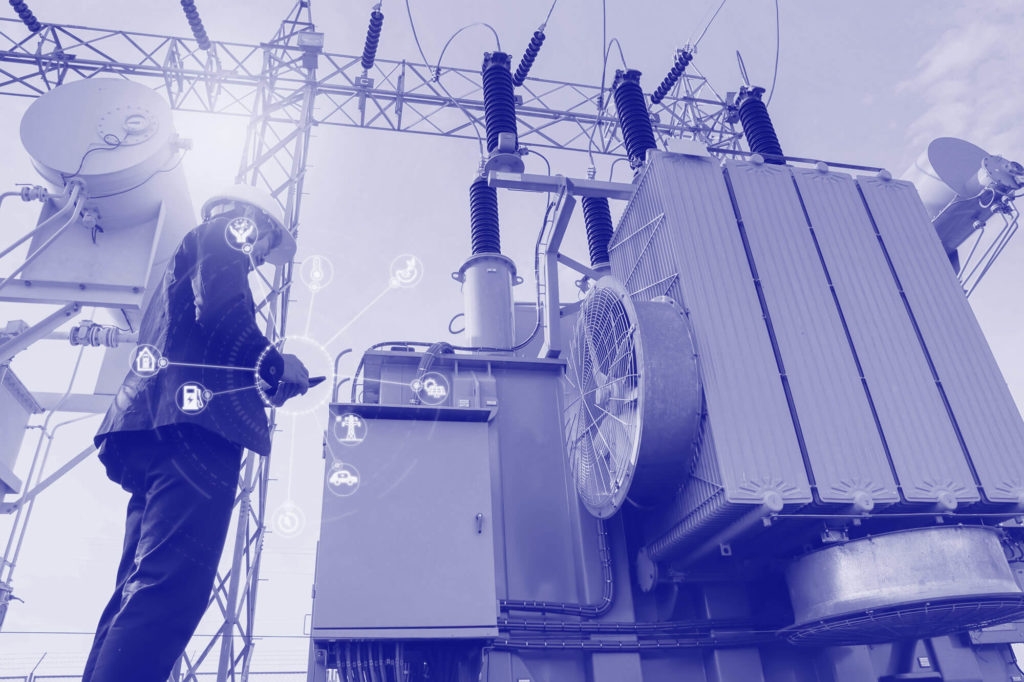Operational planning for active distribution grids
In AISOP, we create a new “operational planning” framework for distribution system operators, inspired by similar approaches that are already in place for transmission system operation.
Today, operational planning is used in transmission systems to manage network constraints such as line congestions and voltage violations. The system operator prepares a forecast of the situation in the grid, as much as a year in advance, and then refines it as they approach real time. The information they obtain from the operational planning process helps them to manage the grid.
At present, no such system exists at the distribution level. However, as the levels of embedded generation increase, and as they are combined with widespread electrification of loads such as electric vehicles, we see significant benefits for the DSO in applying similar approaches.
The DSO will need to manage an active distribution grid consisting of an increasing amount of local generation that does not necessarily correlate with demand. Making investment decisions for such a dynamic system in a timely manner is also increasingly challenging. It is a fact that adjusting the setpoints of the generators and demand is not as easy in the distribution system as it is in transmission system operation. In addition, the DSO cannot replace the underground cables or the transformers frequently – the system must be actively managed to accommodate changes in loads or generation connected to the network.
Therefore, there DSO will benefit from an “operational planning” framework that can help operate the grid, identify the needs for flexibility, and identify candidates for flexibility provision to defer investment decisions, reducing risk with automated processes.
Operational planning comprises various tasks that lead to outcomes – these create value for the DSO:

In AISOP, the framework will be performed on intra-day and day-ahead timescales and will be realised in part through a digital process twin architecture.
Future work will include defining the requirements and characteristics of the digital process twin, developing an AI-based framework for grid situational awareness, conducting risk-based analysis, formulating dynamic tariffs, and conducting model-based trials in Switzerland and Germany.
The workflow is shown in the diagram below:

To keep up to date with project deliverables, subscribe to our newsletter by filling out the form below.
